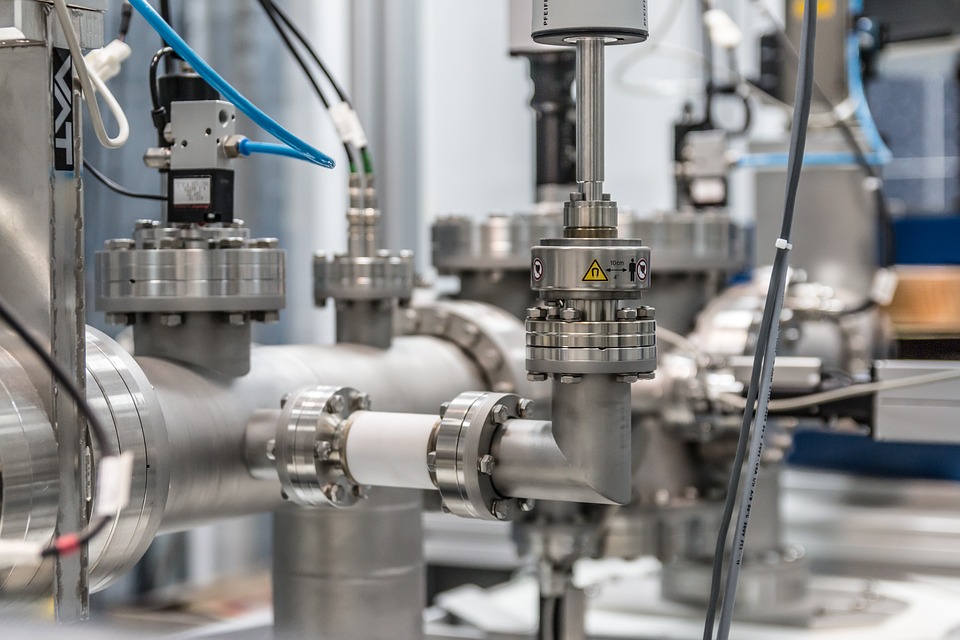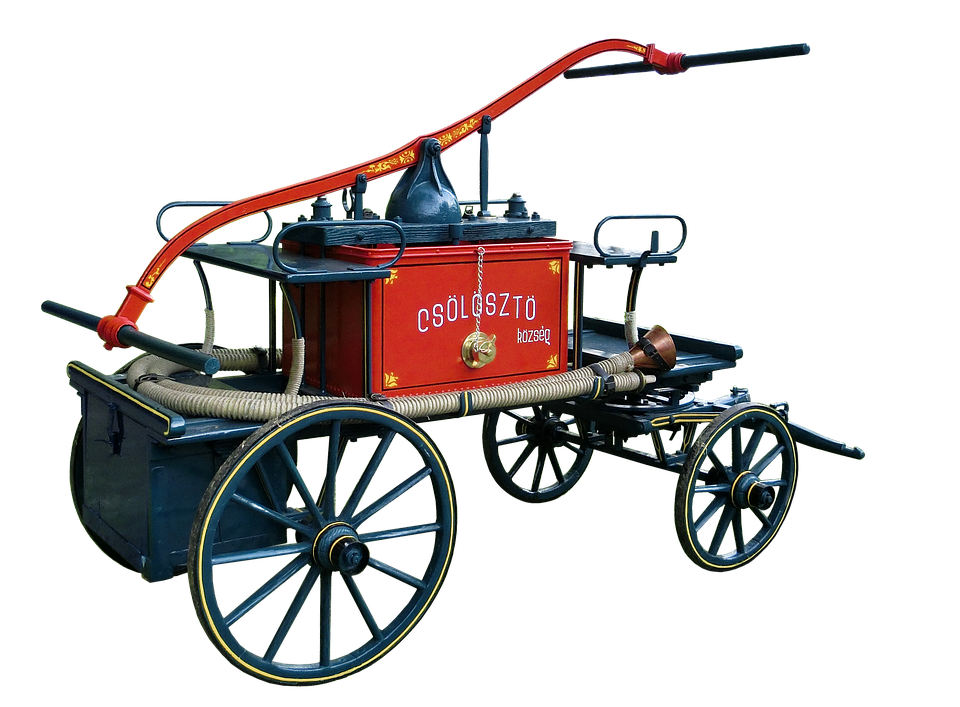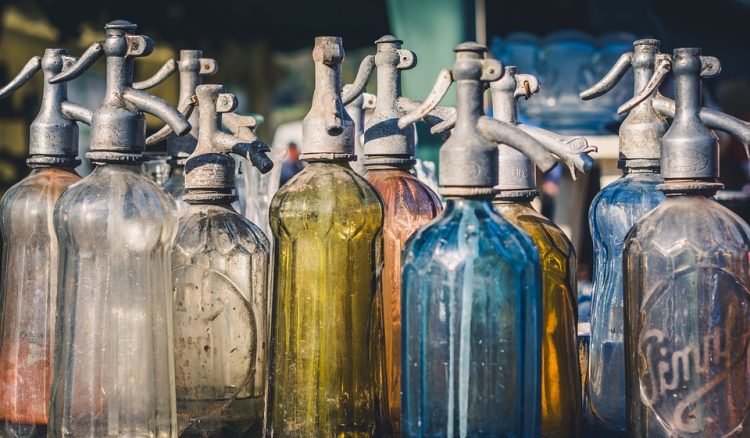Sewage treatment is a process that has been going on for centuries, improving over time. Currently, we use a method that is flawless in waste removal. Below, we’ll be talking about this.
What is Waste Water?
Sewage is essentially wastewater. It is collected from all sorts of uses inside the home such as washing, cleaning, and cooking, etc.. It is transported via a pipe to the treatment centre. Many homes utilize sewage pumps to carry the waste to the plant as it is more efficient than regular pipes. If you are interested, be sure to search for precast sewer pumping station built in NSW.
Now that we’ve discussed what is classified as sewage, let’s talk about how it is treated.

It Gets Screened
The first stage in the process of treating the water is screening. During this, the water is passed through a giant filter which acts to separate any solid material from the water. The larger chunks in the water are removed through the giant filter which automatically occurs as it flows through it. However, the smaller solids in it are discarded by hand, so the water is thoroughly observed then picked at.
If you’re wondering what things are usually filtered out, they are chunks of food, plastic pieces, pieces of clothing, and bottle caps, etc. Basically, anything you would accidentally drop inside the drain.
Primary Treatment
Once all the solid debris is taken out of the water, the main treatment starts. This begins with the separation of any human waste from the water. Obviously, this is not done by hand. The water is pumped into a large tank known as a settlement tank. Here, it is left alone, causing any human waste to move, and clump together at the bottom of the tank.
There are fans in the settlement tank. Once they start spinning, they propel the waste that settled on the bottom into a special tube where it is carried away out of the tank. It then moves onto the next stage of treatment which is known as the secondary stage.
Secondary Treatment
In this stage, bacteria is pumped into the tanks to break down any waste left inside of the water. This is done as the water is channeled into tanks once more, then pumped with air. This air promotes the growth of bacteria which rapidly eats away at the sugars in the waste. The most common bacterium in this process are protozoa and plasmodium.
Tertiary Treatment
Once the bacteria does its job, the water is passed into the final step in the process. Here, it is placed inside another settlement tank. The propeller in the tank works once more, trying to get rid of any waste remaining. Now, it should be free of any fecal matter.

However, this isn’t the end of the procedure. The water is passed through a layer of activated carbon and sand. The sand acts to separate any solid debris once more, and the carbon is a means to tackle any toxins remaining in the water. Once this is done, it is channeled into rivers and lakes.
In conclusion, a lot of work is done to treat our water so we should be more careful about how we use it.
https://www.youtube.com/channel/UCwBx2Q2XG-suL4-eg66gT0g





